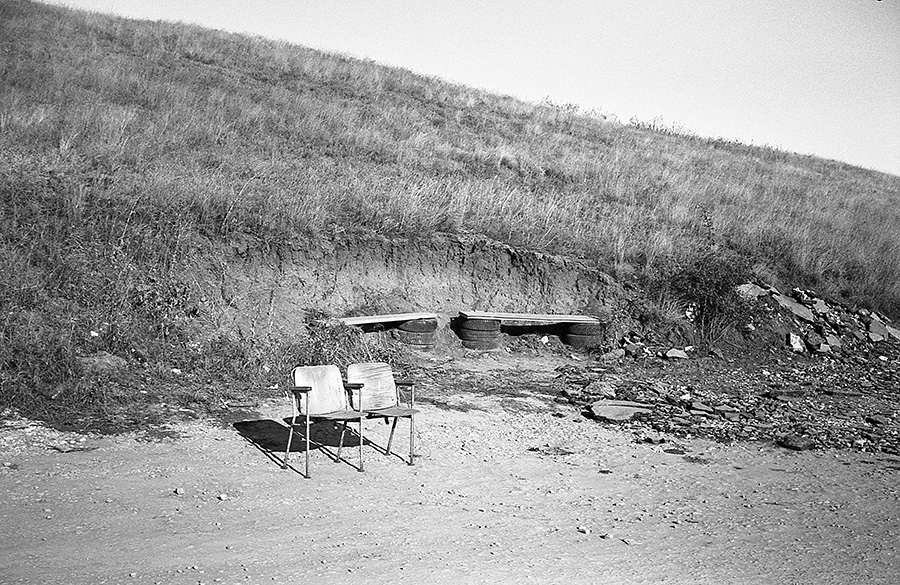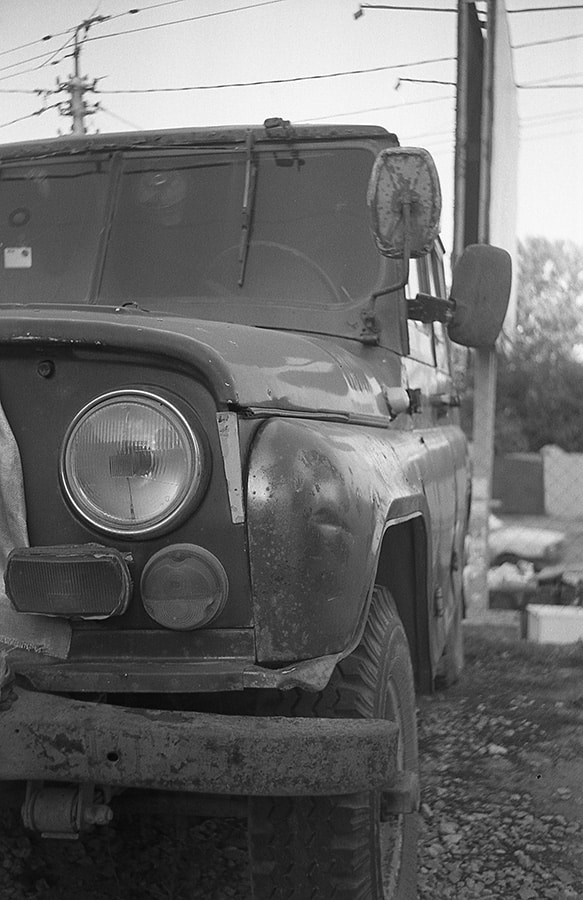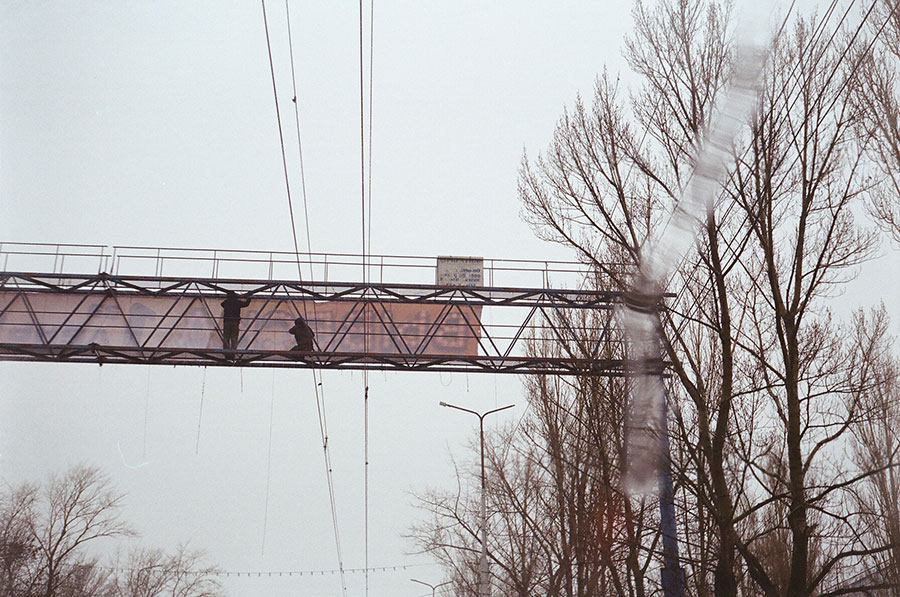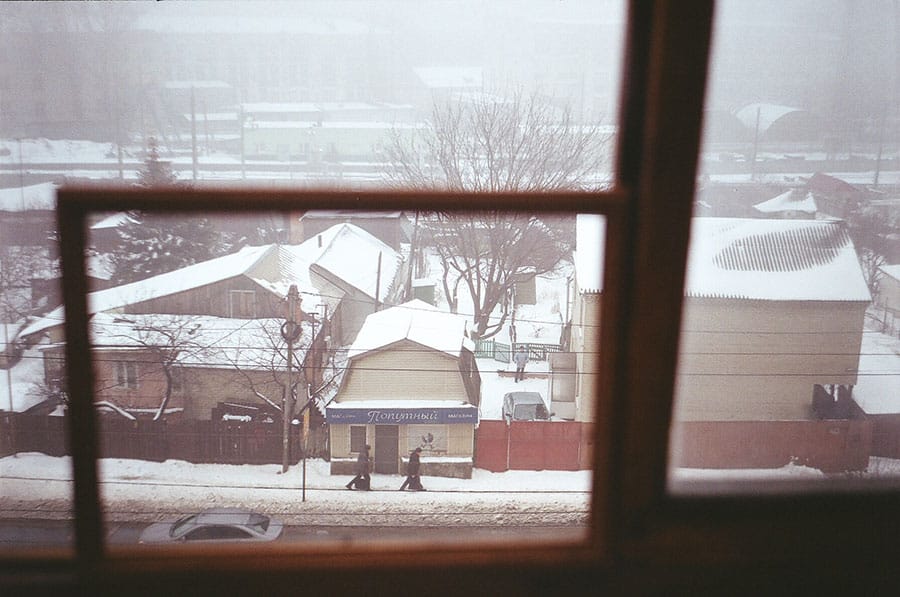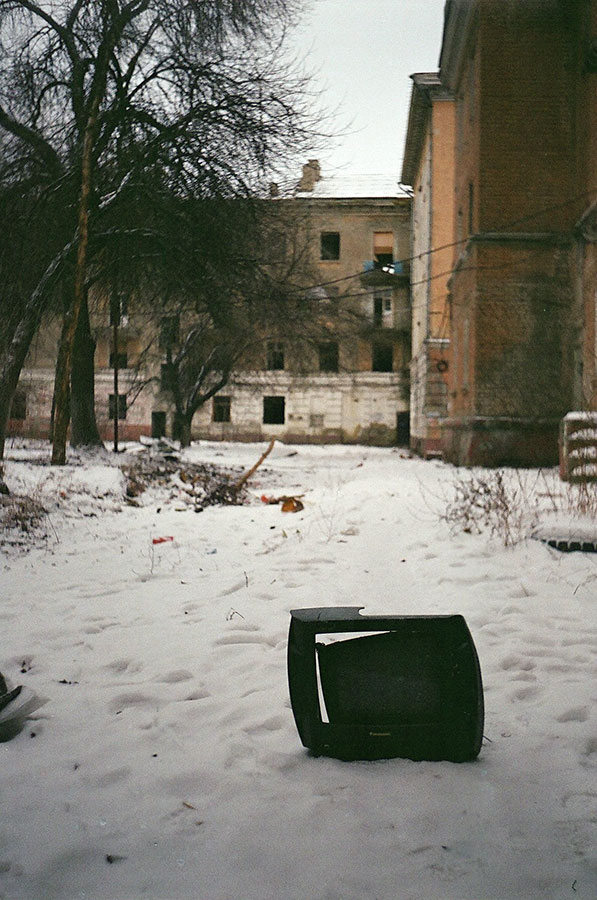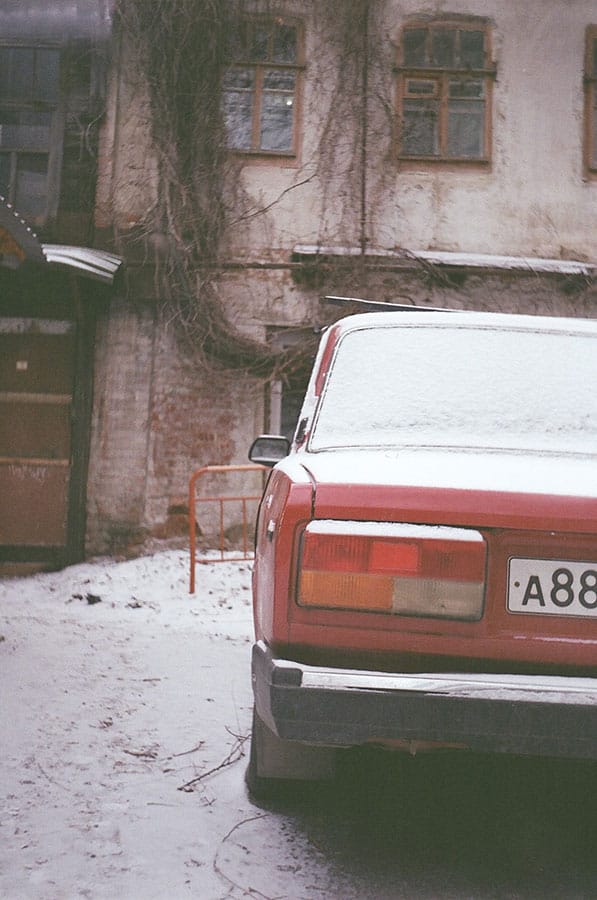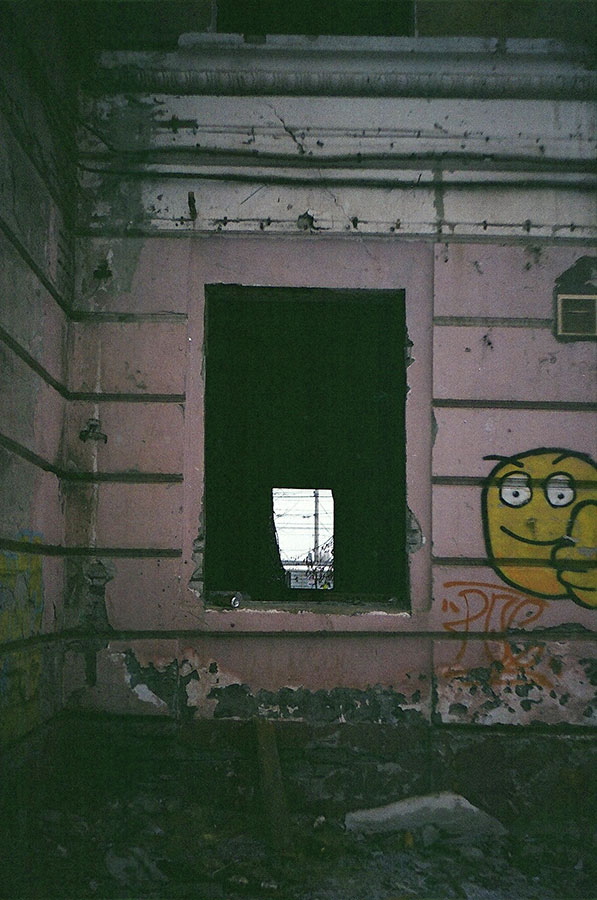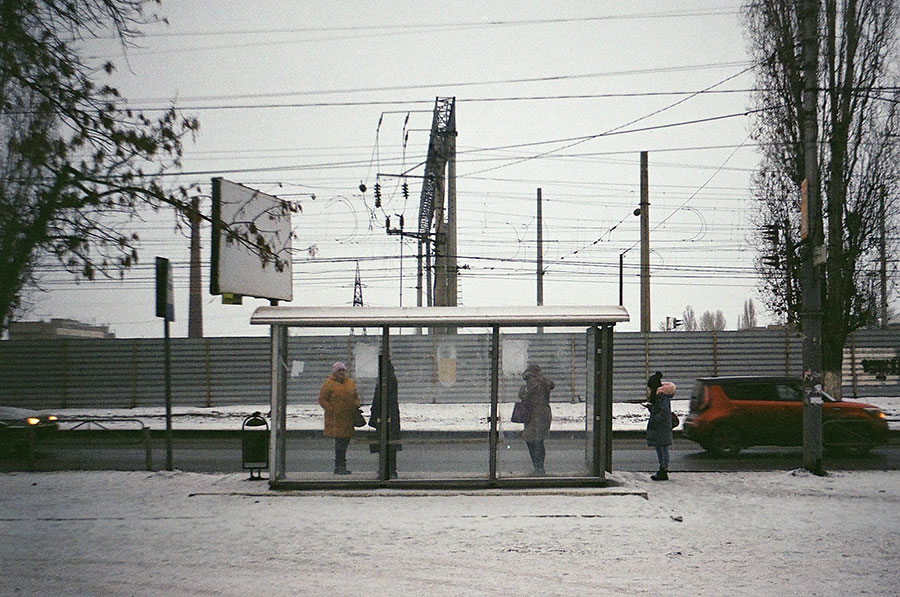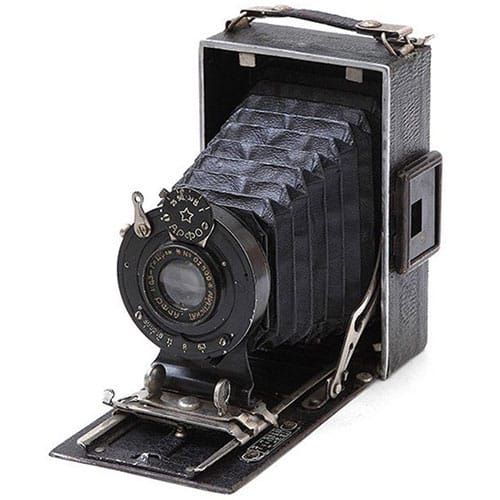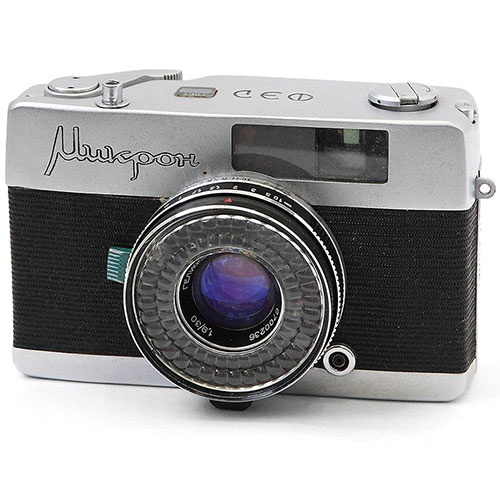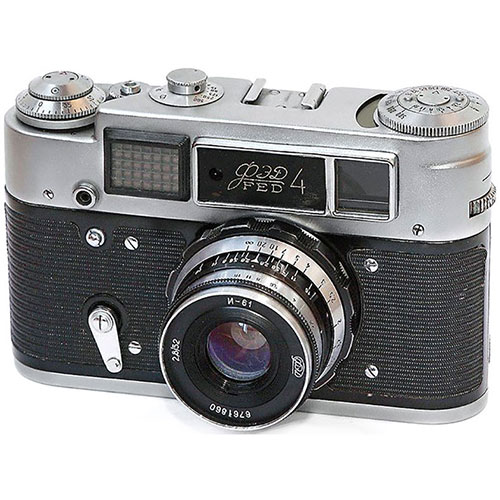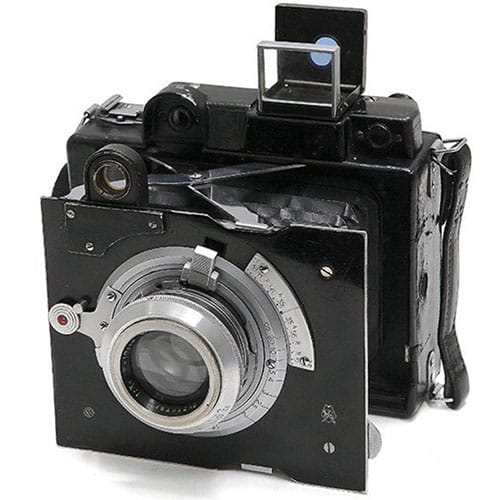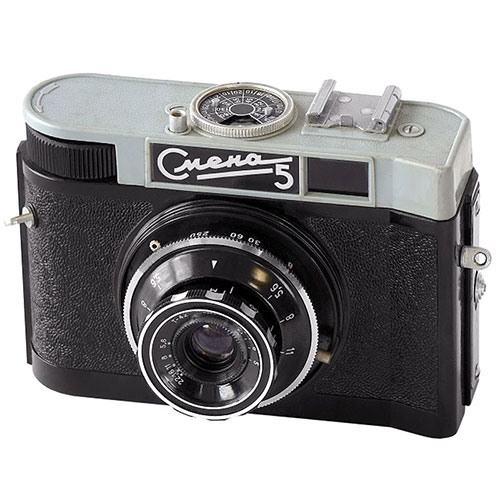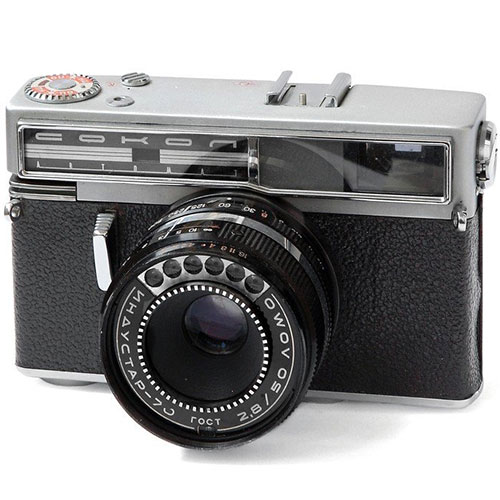Smena
In this article we will tell you about the Smena camera – the first camera from the family of legendary Smena cameras.
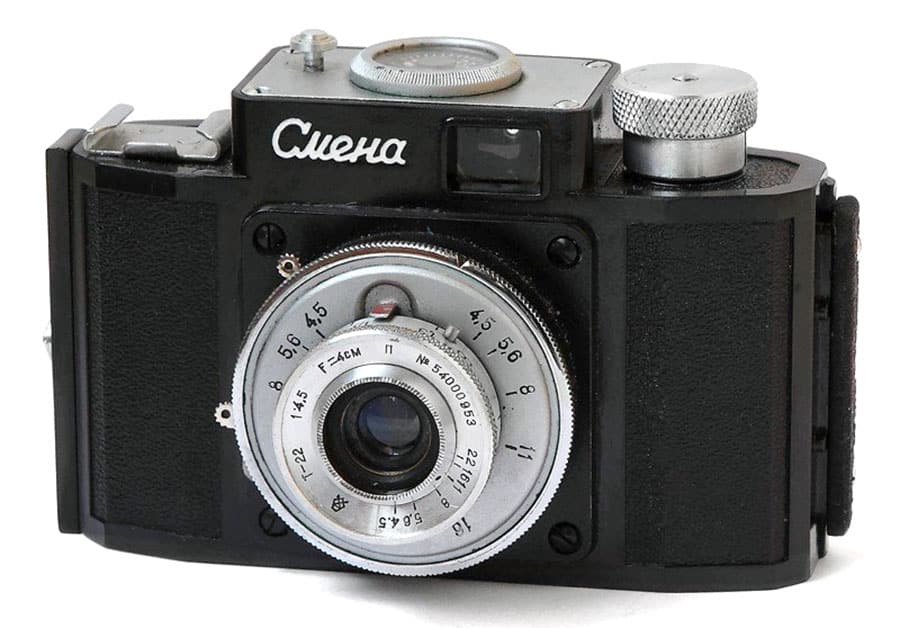
Smena cameras were not just very popular, but literally super-popular in USSR. Almost every family in the Soviet Union had such or a similar camera. Most of the home archives were created using Smena cameras, and novice photographers took their first steps in photography with this soviet camera in their hands.
Smena Specifications
- Type: 35mm viewfinder camera
- Manufacturer: GOMZ plant
- Production period: from 1953 to 1962
- Format: 24x36cm on 135 film
- Lens mount: fixed lens
- Lens: T-22 f4.0/40
- Shutter: leaf shutter with speeds from 1/10 to 1/200 sec.
- Viewfinder: optical viewfinder
- Lighmeter: none
- Flash synchronisation: none
- Selftimer: none
- Weight: 290 grams
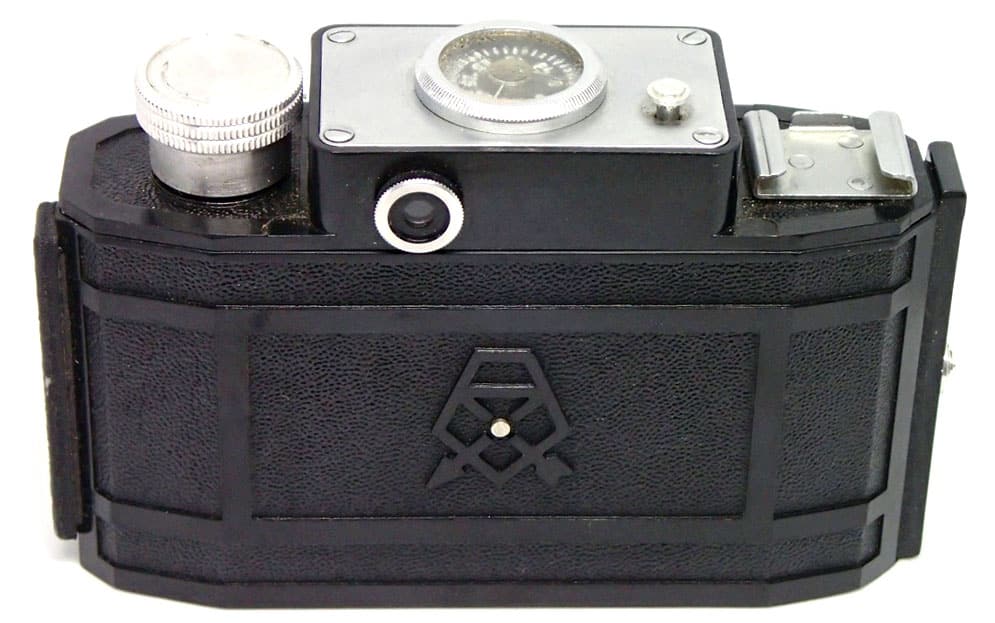
Smena cameras began to be released back in 1939. But these were completely different cameras that looked little like Smenas produced after World War II. It was a folding camera of the simplest design and made of plastic with an f6.5 lens and only two shutter speeds of 1/50 and B.
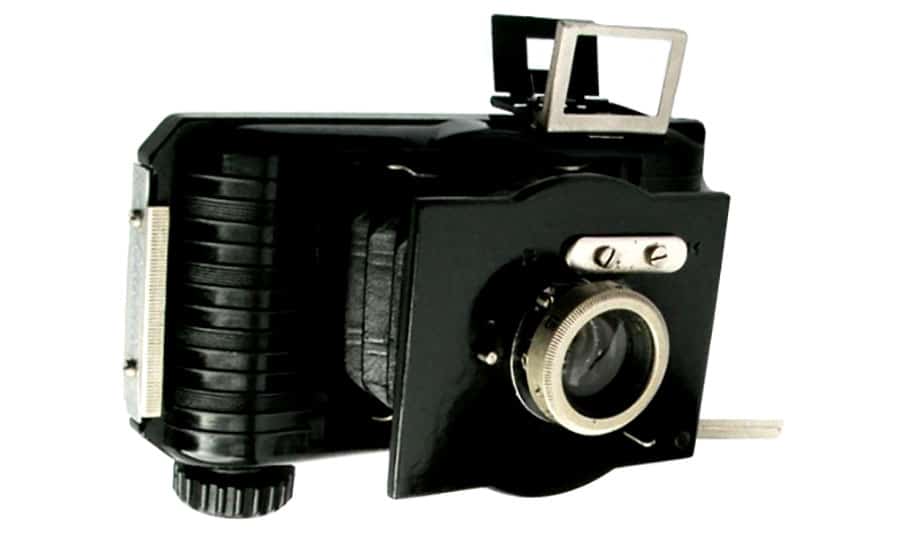
After World War II, the production of cameras at the GOMZ continued. The camera had the same name but the design was completely different. The Smena camera has become much more technologically advanced.
The very first model of this camera was produced from 1953 to 1962 at the aforementioned GOMZ factory. This camera was equipped with a triplet T-22 4.5/40 non-replaceable lens. In fact, it was the T-22 lens used for Komsomolets and Lubitel cameras but reworked for 35mm film.
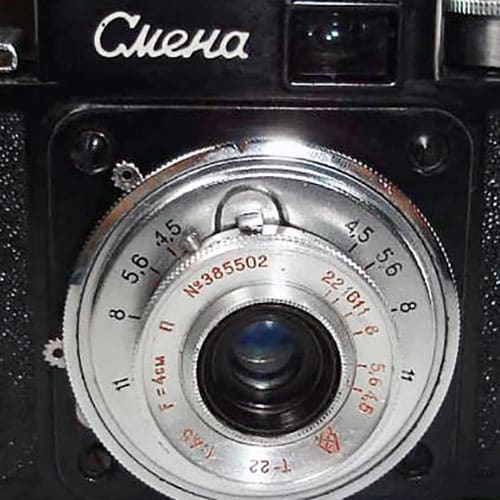
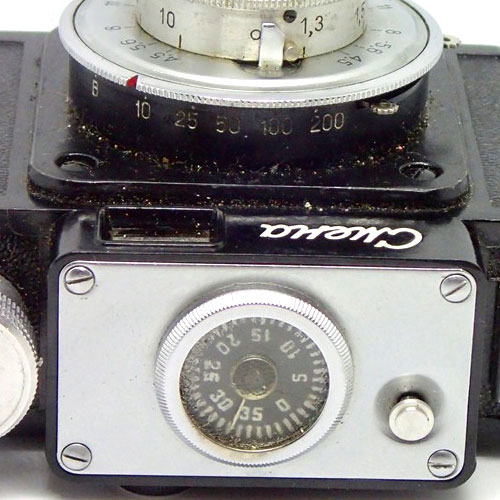
The camera was equipped with a leaf shutter with shutter speeds of 1/10, 1/25, 1/50, 1/100, 1/200, and B. It is a great range of shutter speeds for entry-level cameras of those years.
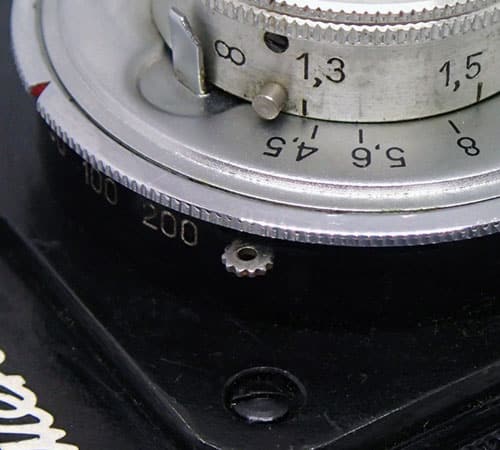
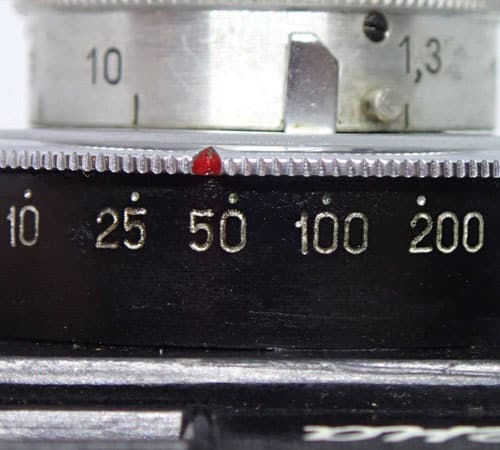
Like the Lubitel cameras, this camera was made of bakelite. Because of this, the camera was very light and compact. Focusing was done exclusively using the distance scale. But with the help of a cold shoe on the camera, you could install a rangefinder to simplify focusing.
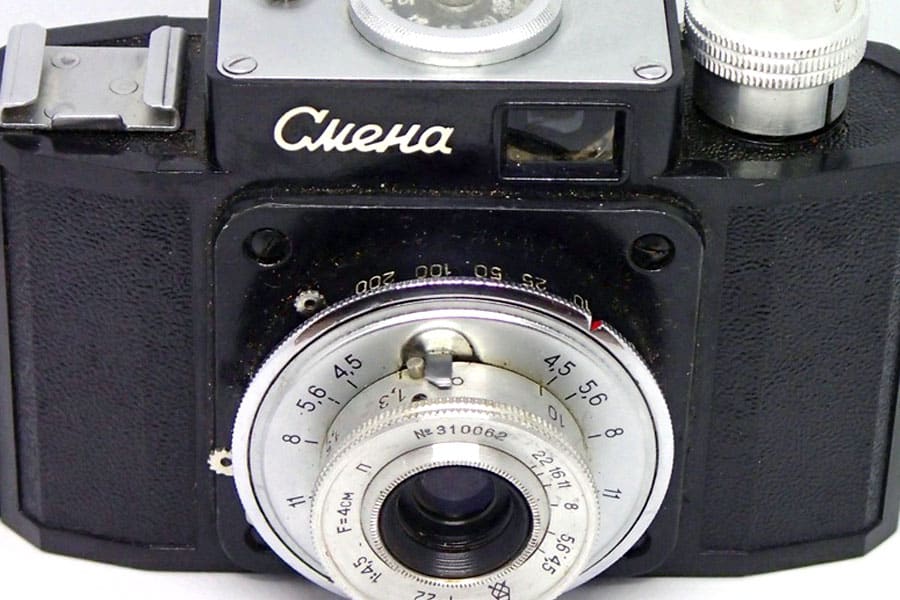
But unlike the Lubitel cameras, this camera had a fairly convenient frame counter, similar to a clock and located on the top of the body. All camera controls are concentrated around the lens and, again, are very similar to the controls of Lubitel cameras or old large format cameras.
As we have said more than once, the Soviet Union has repeatedly tried to create a professional camera for demanding photographers. But each time the engineers faced the brutal Soviet reality. The poverty of the people, the difficulty of selling photographic equipment, and the not-so-high control standards at the factories had made their work.
Thus, such cameras as Leningrad, Zenit 19, Kiev 20, or Zenith Automat were not very popular on the market. But at the same time, for the same reasons, not very sophisticated and not very high-quality cameras such as Smena or Lubitel were very popular. One of the most important tasks for the Soviet Union was to spread Soviet influence throughout the world. And one of the best tools, of course, was the camera.
In this regard and the fact that photography was very popular among the population, Smena cameras became super-popular in the USSR.
If you want to try a really very simple camera, then this little soviet camera will be the perfect solution for you. This camera gives a wonderful experience of using old cameras. In combination with the T-22 Triplet lens, it gives beautiful photographs in the style of the early 20th century.
SMENA PHOTOS
